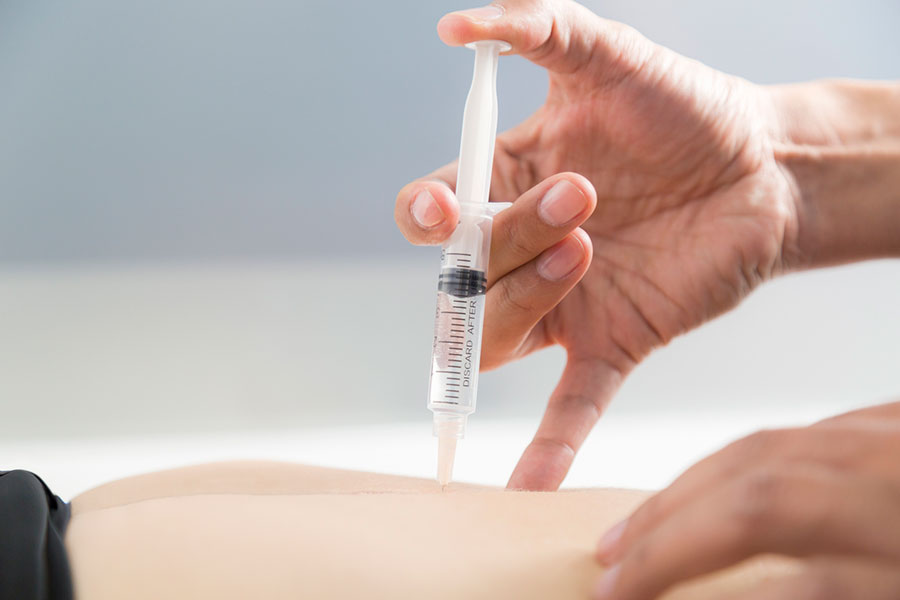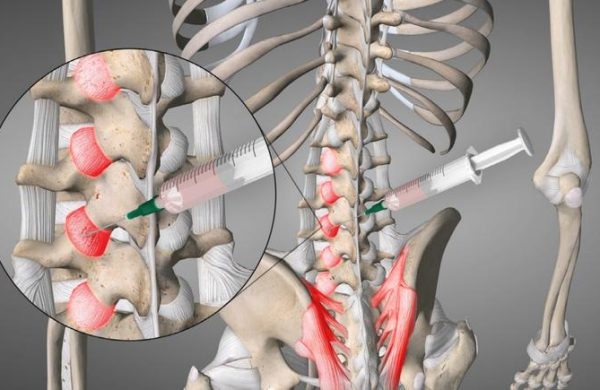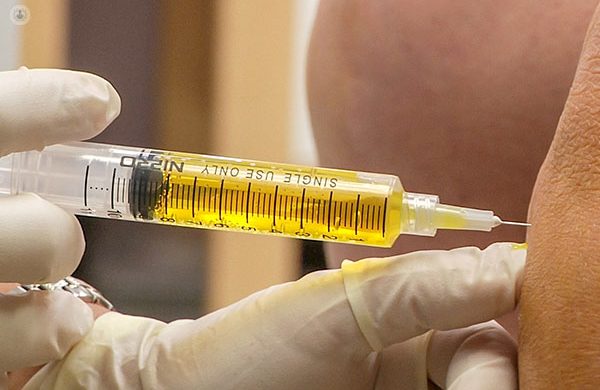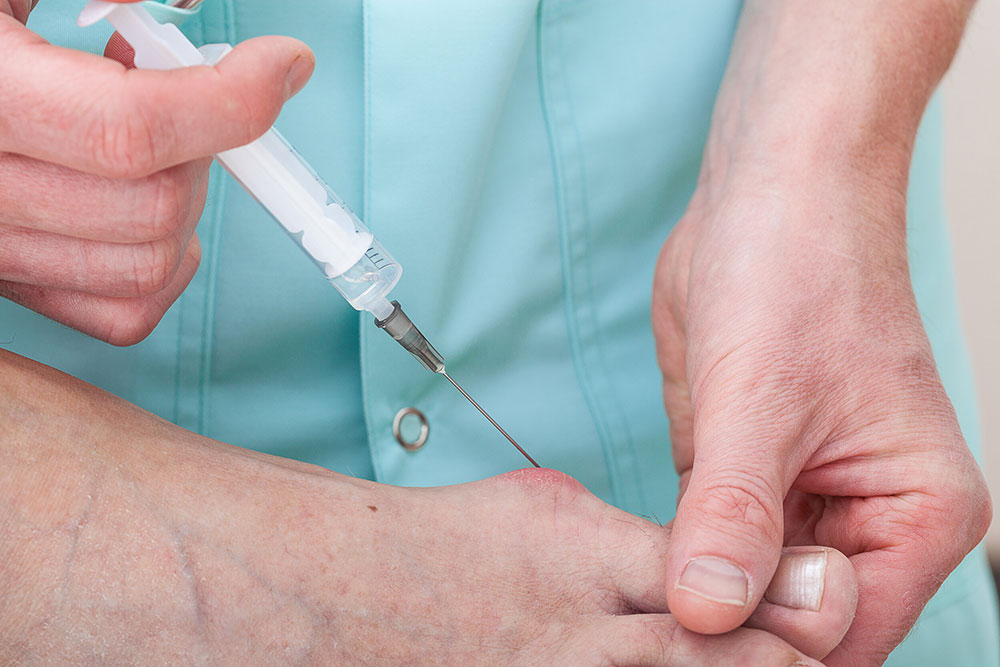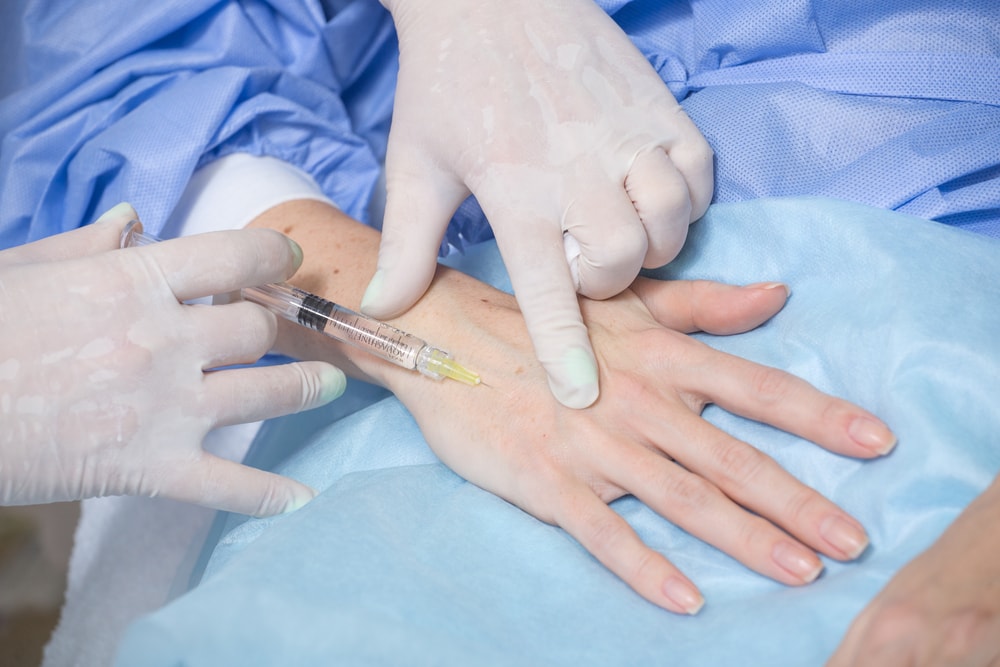Portfolio
How does prolotherapy work?
Prolotherapy works by stimulating the body's repair process. The injectable solutions cause mild inflammation that signals the body to produce new cells and collagen. Collagen is an essential protein for the health and strength of connective tissues.
Prolotherapy also increases blood flow to the injured area, which helps in faster healing.
Benefits of acupuncture
Evidence shows that Prolotherapy can be effective in treating many musculoskeletal problems. Studies have shown that prolotherapy can be effective in reducing pain, improving function, and increasing range of motion.
However, more research is needed to determine the long-term effectiveness of prolotherapy.
Prolotherapy
Prolotherapy
Prolotherapy is an injectable treatment method used to stimulate the repair of damaged tissues. In this procedure, stimulating solutions such as dextrose, erythropoietin, or growth hormone are injected into the affected joints, tendons, or ligaments. These solutions cause mild inflammation and pain that signals the body to begin the healing process.
The number of prolotherapy sessions required varies depending on the severity of the injury. Usually between 3 and 6 prolotherapy sessions are performed at intervals of 2 to 4 weeks.
Prolotherapy is divided into two main types:
- Traditional Prolotherapy: In this method, stimulating solutions are injected into the affected joints, tendons, or ligaments.
- Placebo Prolotherapy: In this procedure, stimulating solutions are injected into the affected joints, tendons, or ligaments. These solutions do not contain active ingredients, but act as a placebo and can be effective in reducing pain and improving performance.
Prolotherapy procedure
Prolotherapy is usually performed by a doctor or physical therapist. In this method, the patient is placed in a suitable position so that the affected area can be accessed. Then, stimulating solutions are injected into the affected area using a thin needle.
Dr. Alireza Baghai
Specialist in pain control
afternoon
From 17 to 21
visit
By appointment
Superspecialized pain control and treatment clinic
